Can Vaginal Atrophy Be Reversed?


Related products
Vaginal atrophy, sometimes referred to as genitourinary syndrome of menopause, is a condition that refers to the thinning and inflammation of the walls of the vagina. These are usually brought on by a drop in oestrogen levels, which can happen during menopause. According to Dr Rebecca Palmer, a consultant gynaecologist, "Vaginal atrophy is a very common but under-discussed condition that can significantly affect a woman's quality of life, particularly in postmenopausal years." Symptoms often manifest as dryness, irritation, and discomfort during intercourse, with the question perhaps arising whether this condition can be reversed.
Can Vaginal Atrophy Be Reversed?
Although the complete reversal of vaginal atrophy is impossible, its symptoms can be treated and improved exceedingly well. Local oestrogen therapy, moisturisers, and changes in lifestyle may help give some degree of moisture back to the vagina, reducing a lot of discomfort and improving the quality of life. However, the condition usually stays as it is, especially where it concerns menopause.
Vaginal Atrophy Reversal: Current Approaches
The term "reversal" might evoke a kind of going back to former states before menopause. Whereas it is wholly possible to treat and improve symptoms of vaginal atrophy, in the words of an endocrinologist, Dr Susan Hayes, "oestrogen replacement therapy (ERT) remains the gold standard for managing vaginal atrophy." ERT can be administered in the form of creams, tablets, or rings that apply oestrogen directly to the vaginal tissue, which is thus allowed to regenerate and take away the symptoms.
Besides ERT, there are other treatments which are non-hormonal. The other treatments include creams and lubricants used in the vagina that can soften the vagina with no irritation to soothe dryness, learn more about Natural remedies for vaginal dryness. The Journal of Women's Health reports in its review that, indeed, 60% of women realised complete symptom relief after frequent application of nonhormone-based moisturisers.
Long-Term Management: Emerging Treatments
Recent development within medical technology has also allowed exploration into laser therapies as a potential mode of treatment of the condition. Laser treatment works by stimulating collagen production in the vagina walls, hence restoring some of its elasticity and moisture to the tissue. However, according to Dr Palmer, "While laser therapies show promise, they are not considered first-line treatments at this time and should be discussed with a health care provider."
Lifestyle modification also serves in long-term management. For instance, regular sex can help improve the blood flow in the vagina for tissues to remain healthy. Dr Hayes adds about the pelvic floor exercises: "Strengthening pelvic floor muscles can promote general pelvic health, which might help alleviate some symptoms associated with vaginal atrophy."

People Also Ask
What does vaginal atrophy feel like?
Vaginal atrophy manifests as dryness, irritation, and rawness of the vagina. Itching, a burning sensation, and painful intercourse are other symptoms. These may lead to a generalised feeling of discomfort while engaging in one's daily activities, more so in those activities that involve physical movement or intimacy.
Does atrophy go away?
Vaginal atrophy does not totally go away, especially in regard to menopause. Symptoms can be managed and alleviated through treatments involving oestrogen therapy, moisturisers, and changes in lifestyle. Although the actual condition may not be resolved, treatment may be all that makes a difference for the people concerned in returning to a normal quality of life and reduction in symptom severity.
What does vulvar atrophy look like?
Thinning and drying of the skin of the vulva can give a pale, sometimes shiny appearance. The tissues may show less elasticity and be more prone to trauma, and/or folds or the texture of the normal vulva may be lost. In some cases, redness or irritation can also be observed.
Does Replens reverse atrophy?
Replens is a non-hormone-containing vaginal moisturiser that will alleviate some of the symptoms of vaginal atrophy-such as dryness and discomfort without reversing the atrophy. It provides symptomatic temporary alleviation with improved moisture levels but without restoration of the thickness and elasticity of the vaginal tissue as oestrogen therapy might do.
Conclusion
Thus, the concept of "reversal" will be related more to symptom management and improvement rather than to a full return to conditions pre-menopausal. Symptoms can considerably improve with oestrogen replacement therapy and newer modalities of treatment like laser therapy; however, management nevertheless remains important. Dr Palmer concludes, "The key to managing vaginal atrophy effectively is a personalised approach, taking symptom severity into account, along with the needs of the individual patient." It is, therefore essential to regularly follow up with the health professional so that the most appropriate treatment strategy can be decided. Continue for Common questions about vaginal health.



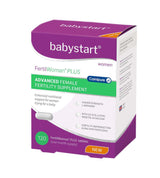
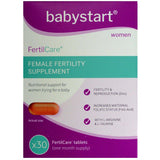
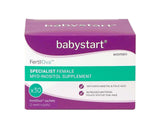

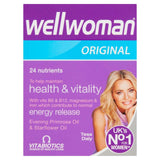
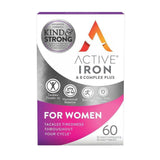
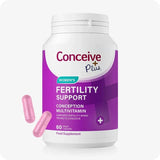
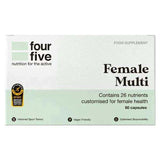
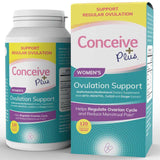
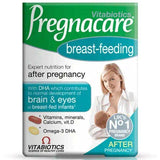
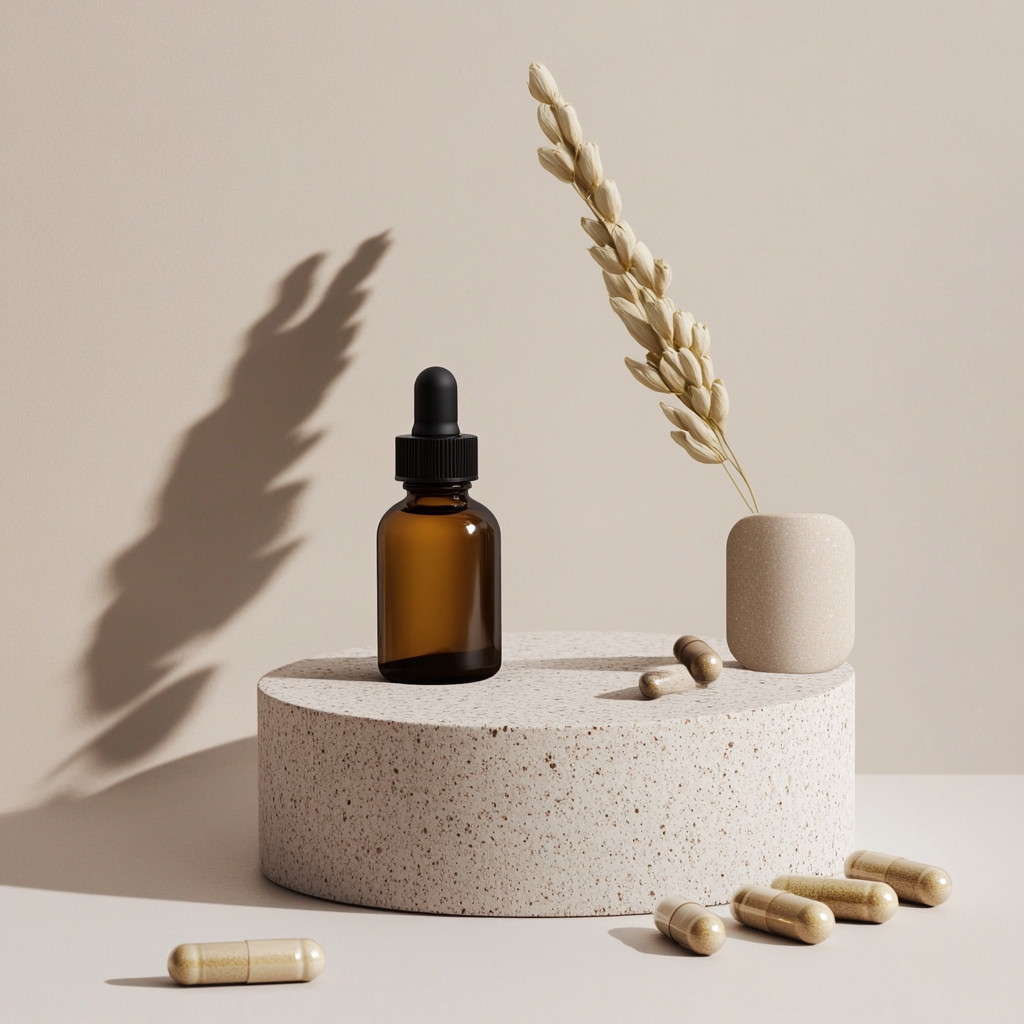
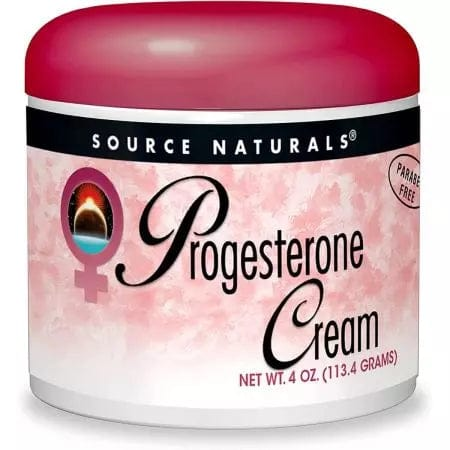


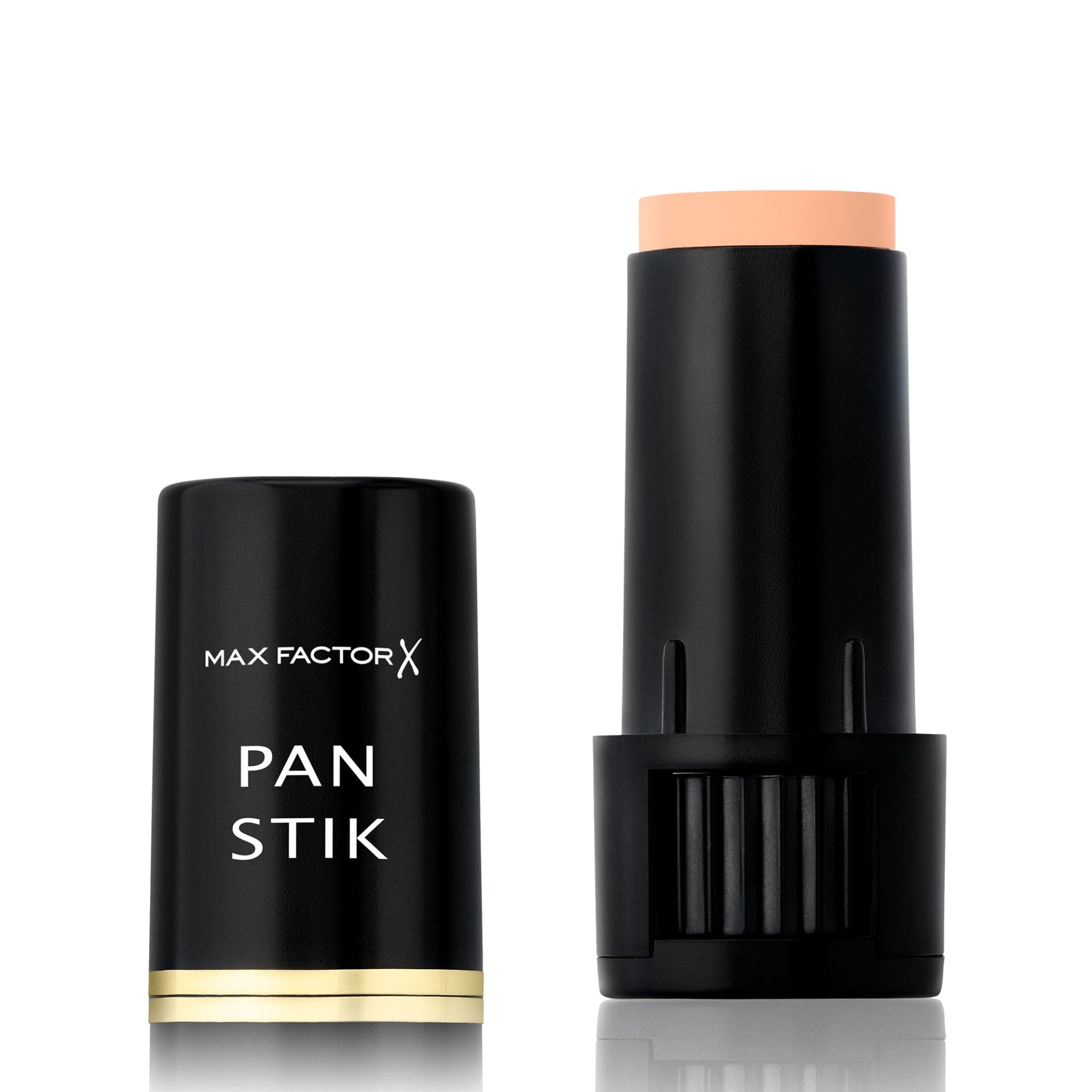

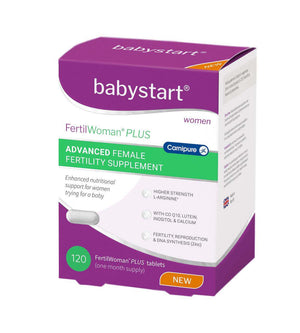
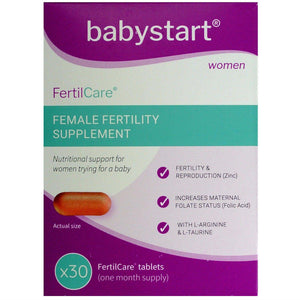
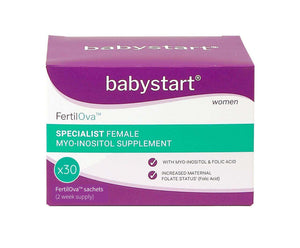
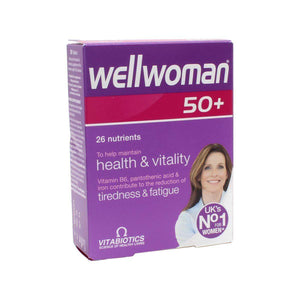

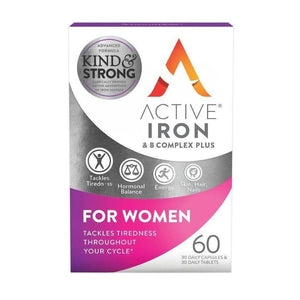
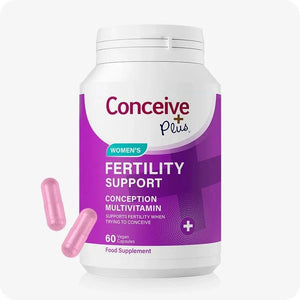

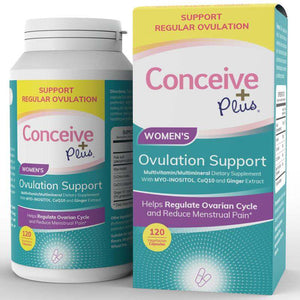
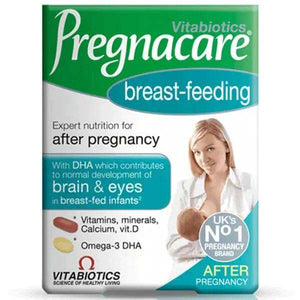

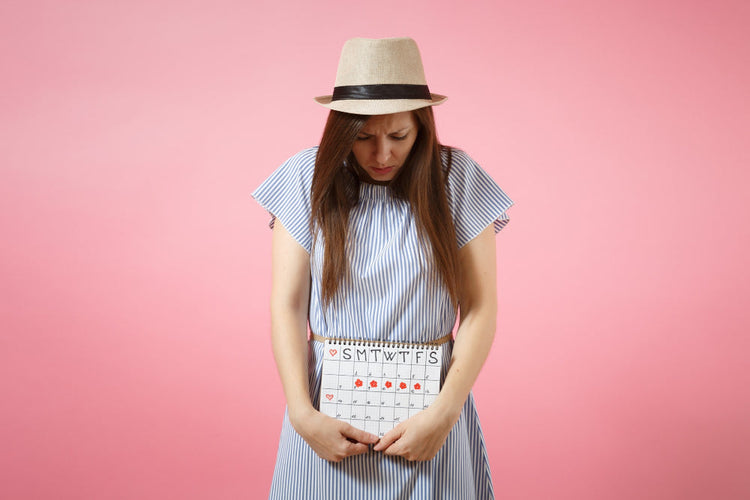
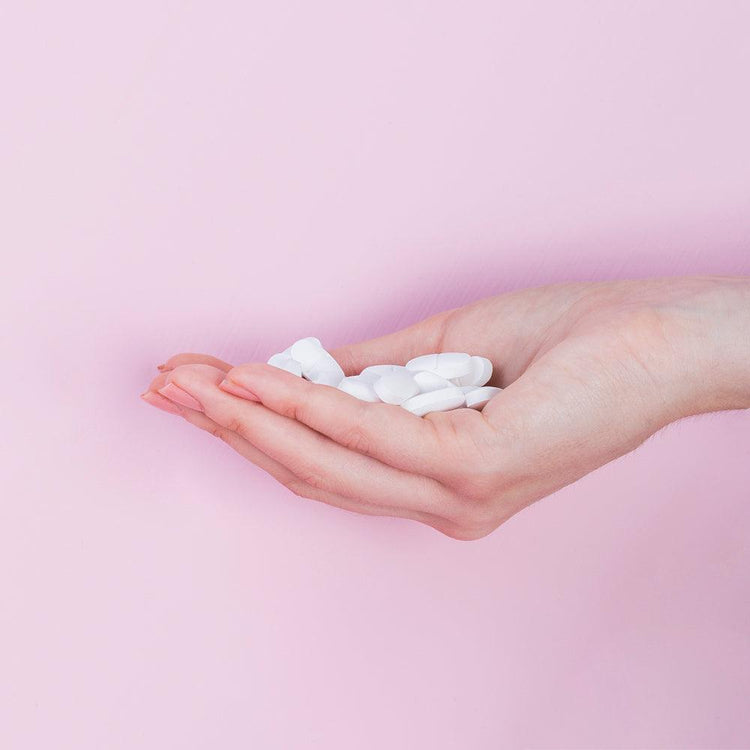

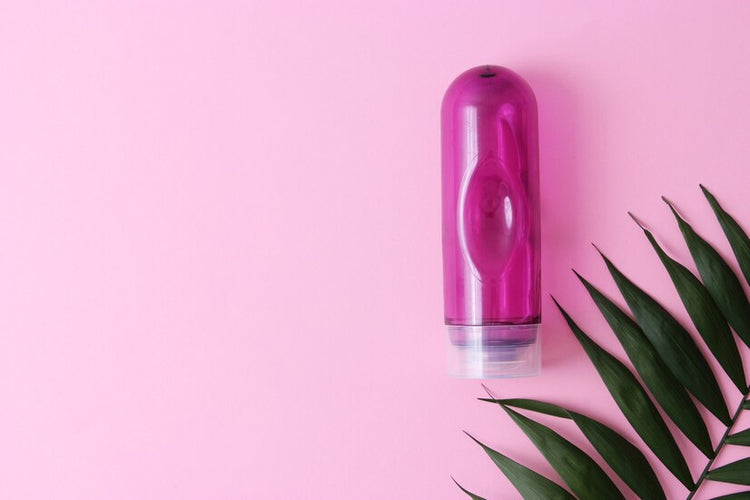




 Rated Excellent by 26,523+ Reviews
Rated Excellent by 26,523+ Reviews